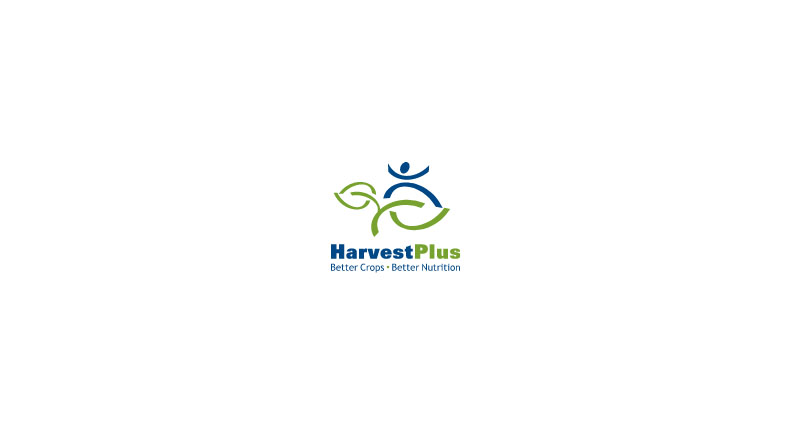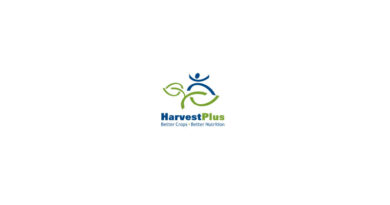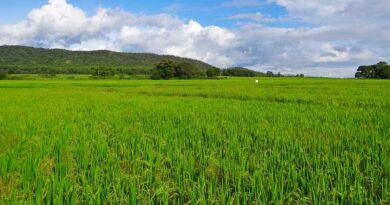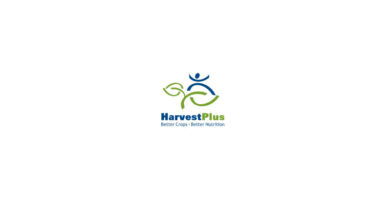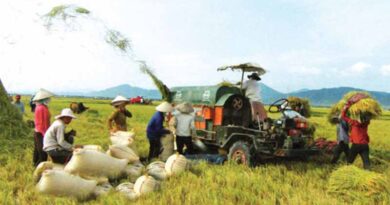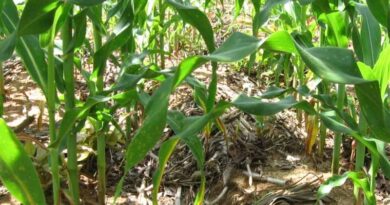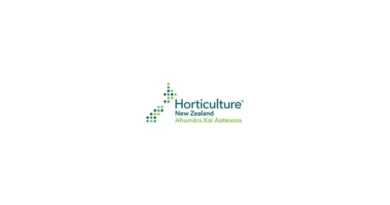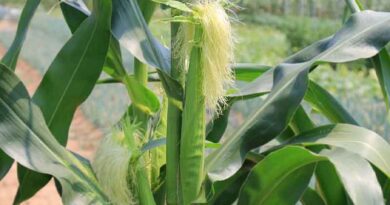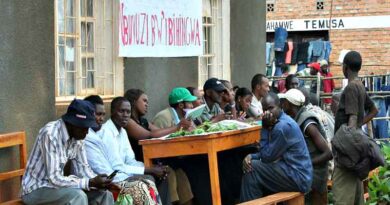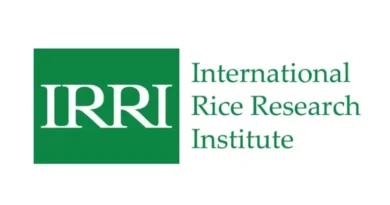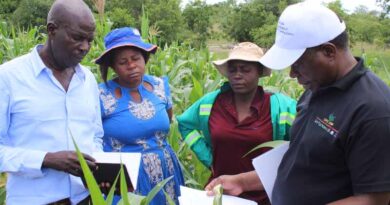Aggregation Model Brings Business Opportunities to Rural Bangladeshis
07 July 2023, Bangladesh: Increased income and new business opportunities have arisen for food processors such as millers in six rice production hotspots in rural Bangladesh since HarvestPlus began an intervention to aggregate and market biofortified zinc rice two years ago.
Traditionally, at the beginning of a harvest season, farmers bring their harvested paddy to a predetermined place in their village where buyers (known as aggregators) purchase them. Some aggregators also collect paddy directly from farmers’ houses. Usually, aggregators mix rice varieties of harvested paddy by bold and slender types to ease collection and meet supply requirements for rice mills—a practice that if applied to biofortified zinc rice would dilute its benefit and make it impossible to market its added value.
A clear strategy was therefore implemented along the rice value chain to first segregate and then aggregate high-quality zinc rice. To prevent the combining of zinc rice with other non-biofortified rice varieties at the collection stage by the traders, HarvestPlus introduced a unique aggregation model to facilitate identity-preserved aggregation of zinc rice.
HarvestPlus introduced “aggregation points” and “aggregation day” campaigns to facilitate identity-preserved aggregation of zinc rice at the start of the rice harvest season. Wide-spread announcements about zinc rice and this process ensure wide participation by zinc rice farmers from surrounding villages. Farmers bring their marketable surplus of rice paddy to the predetermined place in their village where aggregators purchase the grain as usual. However, aggregators are then motivated to collect zinc rice separately from other varieties. Aggregators are able to collect paddy from several collection points in the rice production area. This process starts a few days after harvesting and continues for one to two months.
This aggregation strategy prevents the mixing of zinc rice with other non-biofortified rice varieties by traders. Concurrent demand creation campaigns through public announcements and videos increases the awareness of zinc rice in the community.
In 2022, HarvestPlus converted an aggregation day into a festival. Farmers sold their produce at a slightly higher market price, and aggregators received a transport allowance as a business promotion. Aggregators were able to collect 10-20 metric tons of zinc rice grain or between 7.5 and 15 metric tons of biofortified food along with other non-biofortified rice varieties from a single selling point.
HarvestPlus motivated aggregators to supply segregated zinc rice paddy to processors (traditional rice millers, auto rice millers, beaten or puffed rice processors, etc.), ensuring the processors obtain a continuous paddy supply. The processors were sensitized to store and process zinc rice separately to ensure high-quality zinc rice is appropriately labelled and sold in the market.
The Bangladeshi government has also played a direct role in driving demand for zinc rice. As an institutional buyer, they purchased nutrient-enriched varieties from millers and aggregators for the national distribution channel, the Country Safety Net Program, building biofortification in as an important contributor to the nutritional security of the country.
Through this strategy, HarvestPlus and its partners have driven demand for zinc rice seed and aggregated zinc rice grain in communities around the country. In 2022, 20,000 MT of zinc rice was aggregated and marketed as biofortified by 17 Bangladeshi rice processors.
Also Read: Syngenta India to train and certify 1000 spray men
(For Latest Agriculture News & Updates, follow Krishak Jagat on Google News)

